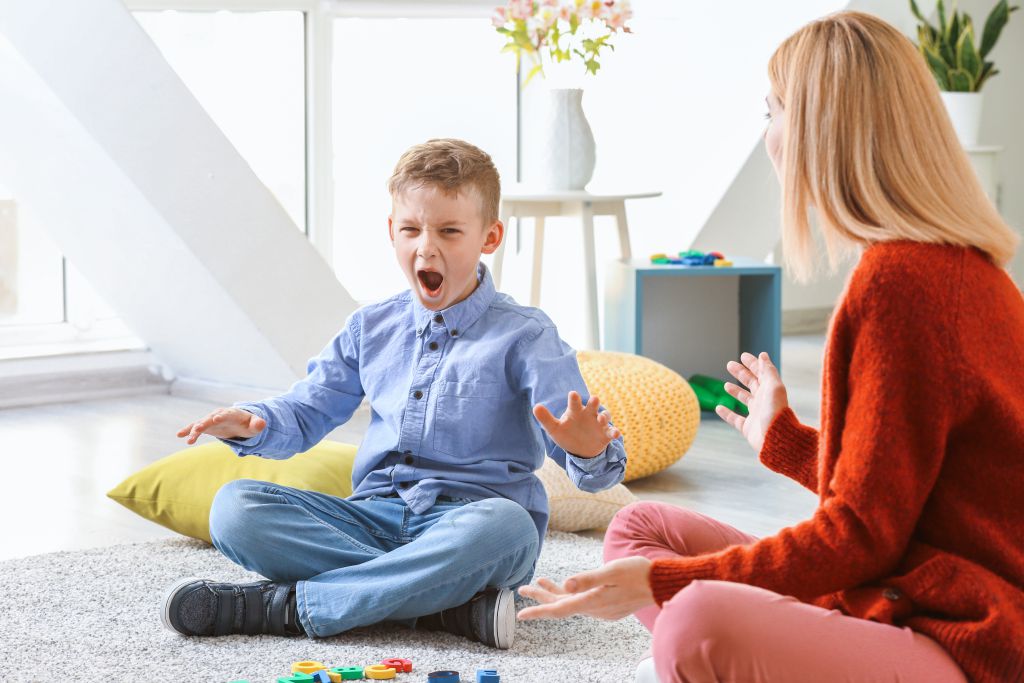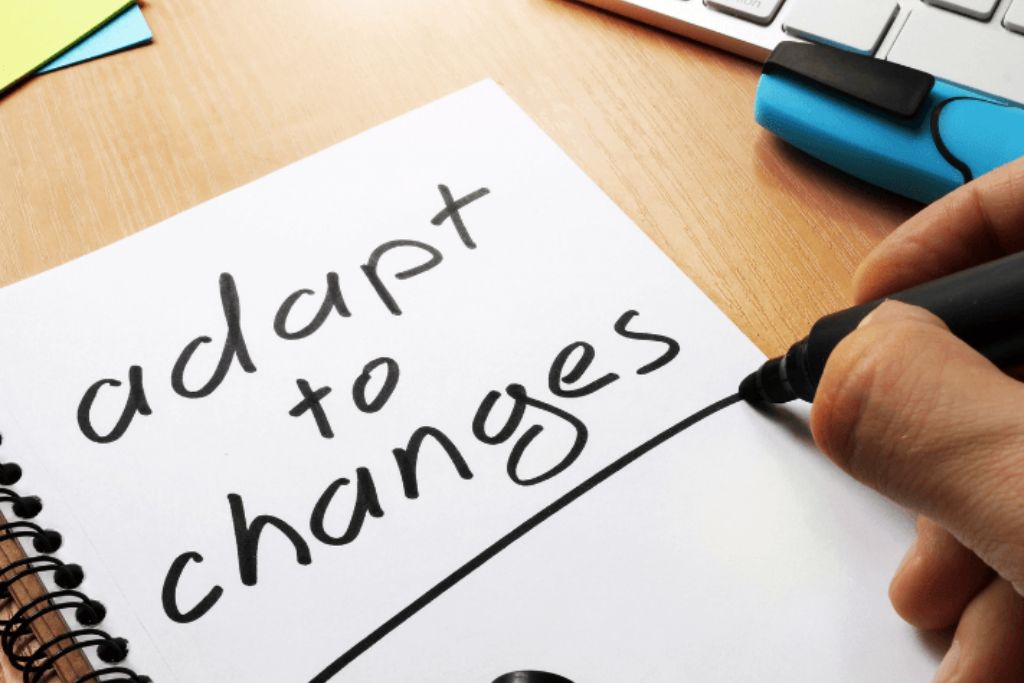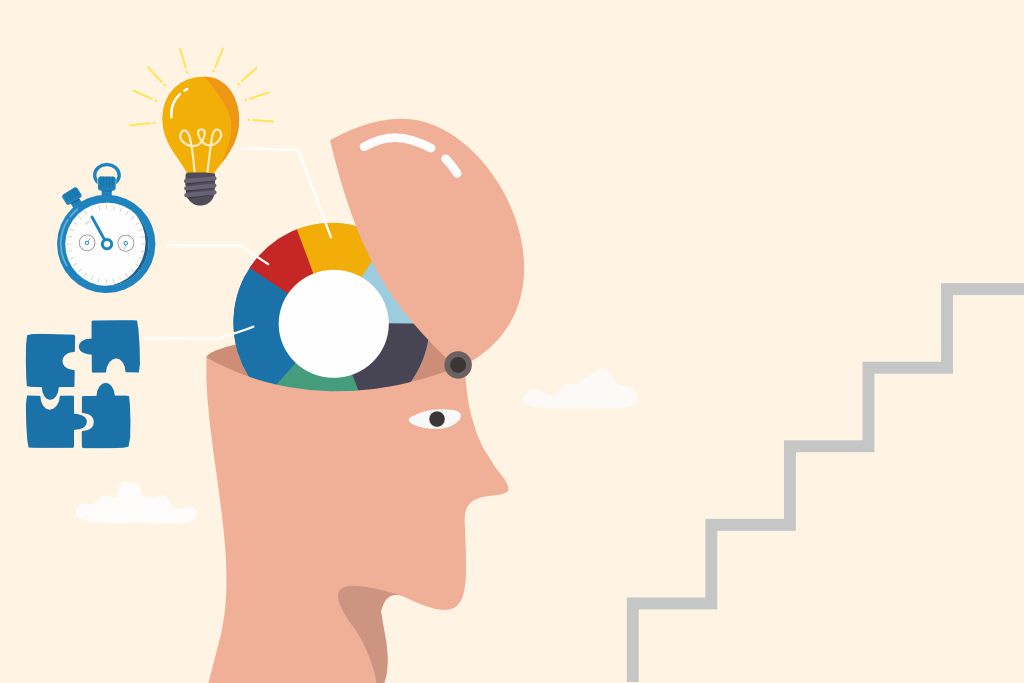What is behavior?
Behavior refers to the actions an individual takes to initiate change, achieve a goal, or maintain a certain state. It represents how a person responds to stimuli, which can arise from external sources—such as the surrounding environment or interactions with others—or from internal experiences like thoughts and emotions.
Behavioral psychology emphasizes that behavior can be studied in a systematic and observable way, regardless of a person’s internal mental state. According to this perspective, subjective experiences such as mood, emotions, and thoughts are difficult to measure reliably, so the focus should remain on outward, measurable actions.
Behaviorism, a foundational theory within psychology, explores how behavior is shaped by environmental influences, particularly through systems of rewards and punishments. This approach has significantly influenced our understanding of how people learn and develop, especially in settings like schools, homes, and social groups.
The Focus on Observable Behavior
According to behaviorists, observing how people react to their surroundings is the key to understanding human behavior. They suggest that conditioning—the process by which stimuli (when a neutral object, action, or person is connected to a specific response over time) are related to specific responses how organisms gain knowledge and mold behavior. Multiple areas of study, including education, therapy, and even animal training, have benefited greatly from behaviorism.
Reinforcement and Punishment
Reinforcement can be either positive or negative. Rewarding outcomes are used as stimuli for positive reinforcement, Positive reinforcement is the process of encouraging or establishing a pattern of behavior by offering reward when the behavior is exhibited. For example, A parent might give a child a small treat after they finish their homework. The reward motivates the child to do their homework more regularly. Negative reinforcement is provided by reactions that cause organisms either to avoid or escape from unpleasant stimuli. Negative reinforcement aims to increase a behavior by removing an unpleasant stimulus. For example, if a Child has completed his homework the parent will clean his room because cleaning room is an unpleasant work for a child. Punishment decreases or suppresses the response, whereas a negative reinforcer raises the likelihood of an escape or avoidance response. Punishment aims to decrease a behavior by presenting an unpleasant outcome. For example, A child scatters their toys throughout the room. The parent then takes away the child’s favorite toy for an hour. The behavior is stopped in the future when the child learns that leaving toys out means losing something they enjoy.
Classical and Operant Conditioning
The simplest kind of learning is called conditioning. Two types of conditioning have been identified. The first one is called classical conditioning, and the second instrumental/operant
conditioning.
- Classical Conditioning
Classical conditioning is the term used to describe this kind of learning in which one stimulus indicates the occurrence of another. It was first investigated by Ivan P. Pavlov. He was primarily interested in the physiology of digestion. As you must be aware, saliva secretion is a automatic response to food or something in the mouth. Pavlov designed an experiment to understand this in detail with dogs. Classical conditioning is a learning process where a natural response, such as salivation, is initially triggered by a specific stimulus like food. When a neutral stimulus, such as a bell, is repeatedly paired with the original stimulus, it begins to evoke the same response. Over time, the neutral stimulus alone can cause the response, demonstrating that a learned association has formed between the two stimuli. Classical Conditioning: How It Works with Examples
For example, in the early stages of childhood, one is naturally afraid of any loud noise. Suppose a small child catches an inflated balloon which bursts in her/his hands making a loud noise. The child becomes afraid. Now the next time s/he is made to hold a balloon; it becomes a signal or cue for noise and causes fear response.
- Operant/ Instrumental Conditioning.
Operant are those behaviors or responses, which are emitted by animals and human beings voluntarily and are under their control. This type of conditioning was first investigated by B.F. Skinner. Skinner studied occurrence of voluntary responses when an organism operates on the environment. In the experiment, the rat learned to associate pressing the lever with receiving food. As trials increased, the rat took less time to press the lever, eventually pressing it immediately upon being placed in the box. Operant Conditioning: What It Is, How It Works, and Examples
For example, Children who want to have some sweets in the absence of their mother learn to locate the jar in which mother hides the sweets for safekeeping and eat it. Children learn to be polite and say ‘please’ to get favors from their parents and others.
Observational Learning/ social learning/ Vicarious Learning
In one of his famous studies on observational learning, Albert Bandura showed a 5-minute film to children, where a grown-up model displayed aggressive behavior toward a Bobo doll in a room full of toys. Bandura’s Bobo Doll Experiment on Social Learning
This study highlights how observational learning can influence children’s behavior based on whether the observed behavior is reinforced or punished. You must have noticed that children observe adults’ behavior’s, at home and during social ceremonies and functions. They enact adults in their plays and games.
For example, young children play games of marriage ceremonies, birthday parties, thief and policeman, housekeeping, etc. They enact in their games what they observe in society, on television, and read in books. Children learn most of social behaviors by observing and imitating adults. The way to put on clothes, dress one’s hair, and conduct oneself in society are learned through observing others. It has also been shown that children learn and develop various personality characteristics through observational learning.
Aggressiveness, prosocial behavior, courtesy, politeness, are acquired by this method of learning.
Shaping: Small Steps Toward Big Changes
Shaping works by dividing complex behavior into smaller, more manageable components. These components are then gradually reinforced, beginning with any behavior that resembles the desired final behavior, no matter how tiny. Until the entire desired behavior consistently appeared reinforcement is slowly reduced to behaviors that are more like the desired behavior.
When training a child to speak, for example, shaping might start with rewarding any vocalization, then word pronunciation, then two-word phrases, and finally the making up of complete, meaningful sentences.
The environment plays an essential role to behaviorism; instructors, parents, friends, and others serve as an important factor, providing the stimuli and responses that influence behavior.
Children who are grown up in a setting that regularly rewards good behavior and punishes bad behavior will show the effects of their surroundings in their behavior. Because external factors and its effects have a direct impact on people’s behavior, behaviorism shows that people are usually shaped by their environment.
- School settings: Because the teacher has previously rewarded students who raise their hands to answer questions with praise or a good mark, they may start doing so now.
- Social Influence: Another way that outside factors, such as the activities of friends or classmates, could influence an individual’s behavior is through peer pressure. Teens may begin smoking because their friends do, linking the habit to fitting in or gaining social approval.
- Parenting: By giving praise or prizes, parents can help their kids engage in activities. Children may learn to say ” please” and “thank you” because doing so results in positive reinforcement, such as a hug, a smile, or a treat.
The Impact of Behaviorism on Growth and Learning
Behaviorism has had a profound impact on various aspects of growth and learning:
- Behavioral Management in the Classroom – Behaviorist concepts are frequently used in educational settings for classroom management and student behavior counseling.
Teachers use specific requirements, timely feedback, and reinforcement to promote decent behavior and academic performance. - Impact on Academic Performance – Evidence has shown that implementing behaviorist teaching strategies, such as reward systems, in the classroom improves student performance. It creates an easy and organized environment where children can focus on their education and self-discipline.
- Building Habits and Skills – Behaviorism helps children develop their skills and habits by linking specific behaviors to specific outcomes. For example, if a child receives praise for regularly cleaning their room, they could begin to associate cleanliness with positive reinforcement and include it into their daily routine.
- Impact on Development – Behaviorism has an important impact on how children develop habits like being polite, studying consistently, and maintaining personal hygiene. Children learn about positive behaviors that help in their growth through examples they observe.
- Role in Social Development – According to the behaviorist theory of social development known as “vicarious reinforcement” or “observational learning” children learn by observing others. For example, if children see their friends’ getting rewards for sharing toys, they might be encouraged to do the same.
Conclusion
In the end, behaviorism is a theory that describes how the things that people see, hear, or experience in their surroundings affect their actions (or behavior). Behaviorism only studies what we can observe and quantify—our behaviors—instead of concentrating on people’s thoughts or feelings. This theory holds that rewards (reinforcements) and punishments influence behavior by influencing us to either continue or discontinue behavior.
Learning new behaviors can be formed in a variety of ways: Classical conditioning, by Pavlov, Operant conditioning as described by B.F. Skinner and Observational learning by Albert Bandura Behaviorism has a major effect on many aspects of life, including Developing skills and habits, Classroom behavior, social development.
In the end, behaviorism teaches us those punishments, rewards, and observing others can all shape behavior, which is primarily influenced by the environment. This concept has shown to be particularly beneficial in understanding how people interact with others in social and educational settings, form new habits, and learn new behaviors.






